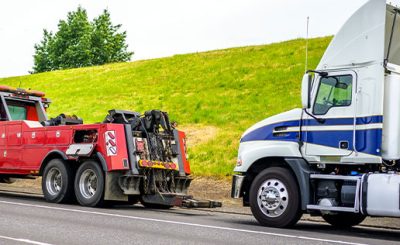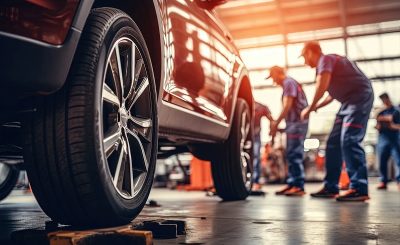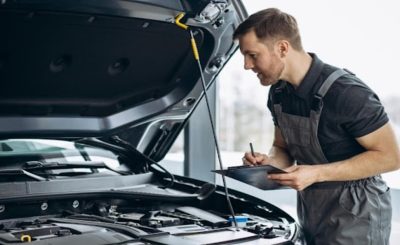When you notice dents or damage on your vehicle’s body panels, it’s easy to focus solely on the cosmetic appearance. However, these visible dents can often be just the tip of the iceberg. Beneath the surface, hidden structural damage may compromise your car’s safety and performance. Understanding the relationship between body panel damage and underlying structural issues is critical for proper vehicle care and repair. This article explores why dents on body panels can signal deeper problems and what you should watch for.
The Role of Body Panels in Vehicle Structure
Body panels aren’t just decorative elements—they also contribute to the vehicle’s overall structural integrity. Modern cars are designed with body panels that absorb and distribute impact forces during collisions. While panels themselves can dent or crease from impacts, this damage can indicate that the energy of a crash reached deeper parts of the frame or chassis. Since the frame supports the entire vehicle, any damage here can affect alignment, handling, and safety.
How Dents Can Mask Frame and Subframe Damage
A dented door or fender might look like a simple cosmetic issue, but it can hide more serious damage underneath. The impact causing the dent could have bent or twisted the frame rails, subframe, or mounting points beneath the panels. This hidden damage isn’t always obvious on visual inspection but can lead to problems such as uneven tire wear, steering pull, or weakened crash protection by the Asain and Domestic Auto Repair in Wilmington, NC.
Because structural damage can worsen over time, ignoring or delaying repairs after noticing dents increases risk. What seems like minor damage could evolve into major safety hazards.
Signs That Indicate Possible Hidden Damage
Several clues suggest that body panel dents may be linked to structural issues. If your car pulls to one side while driving, the steering feels off, or the doors and panels don’t align properly after an impact, these may be signs of frame damage. Unusual noises, vibrations, or difficulty closing doors and trunk lids also warrant a professional inspection. A reputable body shop can perform frame measurements and diagnostic scans to detect any underlying issues.
The Importance of Professional Assessment and Repair
Addressing hidden structural damage requires expert attention. Technicians use specialized tools to measure frame alignment and inspect the vehicle’s undercarriage and suspension mounting points. Proper repairs may involve straightening the frame, replacing damaged components, and ensuring correct panel fitment. Repairing only the visible dents without addressing the underlying structure can lead to compromised safety and reduced vehicle lifespan.
Conclusion: Don’t Overlook Dents on Body Panels
While dents on your car’s body panels may seem purely cosmetic, they can be important indicators of deeper structural damage. Early detection and professional repair of hidden issues are vital to maintain your vehicle’s safety, performance, and value. If you notice dents or misaligned panels after a collision or impact, consult a trusted repair specialist to assess the full extent of the damage—what you see on the surface might just be the beginning.








